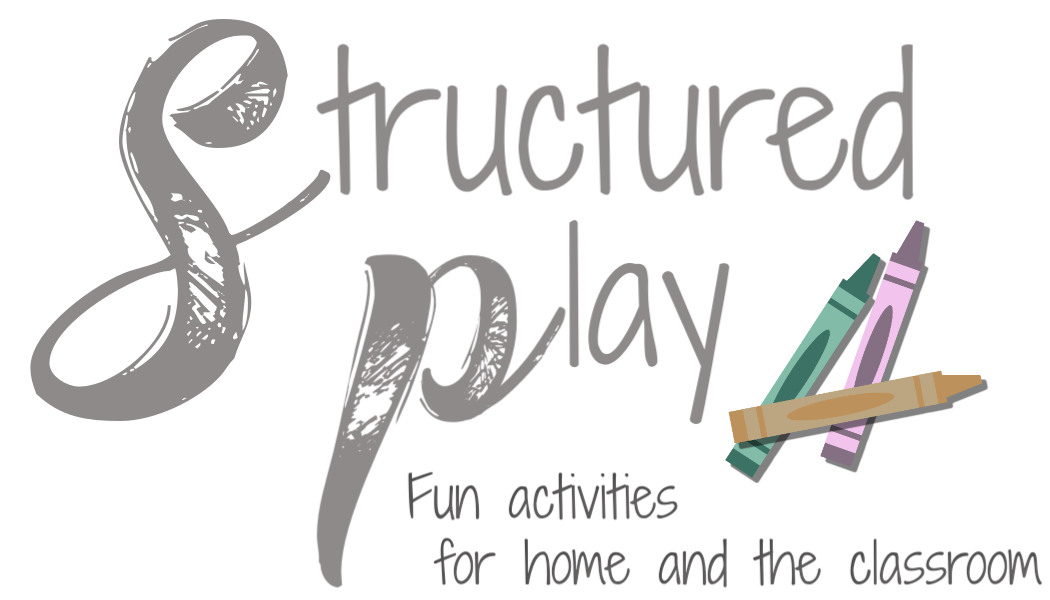Sensory Boxes started off as Sensory Tables. They have been used in preschool and kindergarten classes as well as being use by Special Education professionals. They have evolved into boxes for smaller situations. They were designed to give students a hands-on approach to exploration. Children can see, touch, smell items at the table or in the box. The items usually follow a theme and work together. This exploration time is very valuable for children to freely explore common items that they might otherwise pass by or be rushed through. This free exploration time allows the children to really take apart items and discover how they work or how they work together. It is suppose to be a fun exportation that can be very messy at times.
Sensory Boxes are also used to strengthen fine motor skills such as picking up, squeezing, pouring, and transferring items from one hand to the other. There are many resources and ideas online to help facilitate the use of Sensory Boxes at home. This might be the activity that occupies your little one for the longest period of time.
When planning a sensory box try to keep all the senses in mind. Have items that are realistic and that are not realistic to show contrast. Have soft, light, heavy, hard things as well as things that work together and that do not. Anything that might inspire your child. Allow your child's interests and curiosity to motivate what you put in the box.
Common things used as a 'base' for the box/table are sand, water, rice or beans. Common tools include; magnifying glasses, cups, spoons, jars and shovels. One month/week you might have sand and construction supplies such as a digger, back hoe, bulldozer and some cups. Another month you may have leaves, acorns, gourds, pumpkin seeds, mason jars. The best place to look for items for the box is the Dollar Store. They have seasonal items, small items and of course everything is $1!
Sensory Boxes are also used to strengthen fine motor skills such as picking up, squeezing, pouring, and transferring items from one hand to the other. There are many resources and ideas online to help facilitate the use of Sensory Boxes at home. This might be the activity that occupies your little one for the longest period of time.
When planning a sensory box try to keep all the senses in mind. Have items that are realistic and that are not realistic to show contrast. Have soft, light, heavy, hard things as well as things that work together and that do not. Anything that might inspire your child. Allow your child's interests and curiosity to motivate what you put in the box.
Common things used as a 'base' for the box/table are sand, water, rice or beans. Common tools include; magnifying glasses, cups, spoons, jars and shovels. One month/week you might have sand and construction supplies such as a digger, back hoe, bulldozer and some cups. Another month you may have leaves, acorns, gourds, pumpkin seeds, mason jars. The best place to look for items for the box is the Dollar Store. They have seasonal items, small items and of course everything is $1!


Comments
Post a Comment